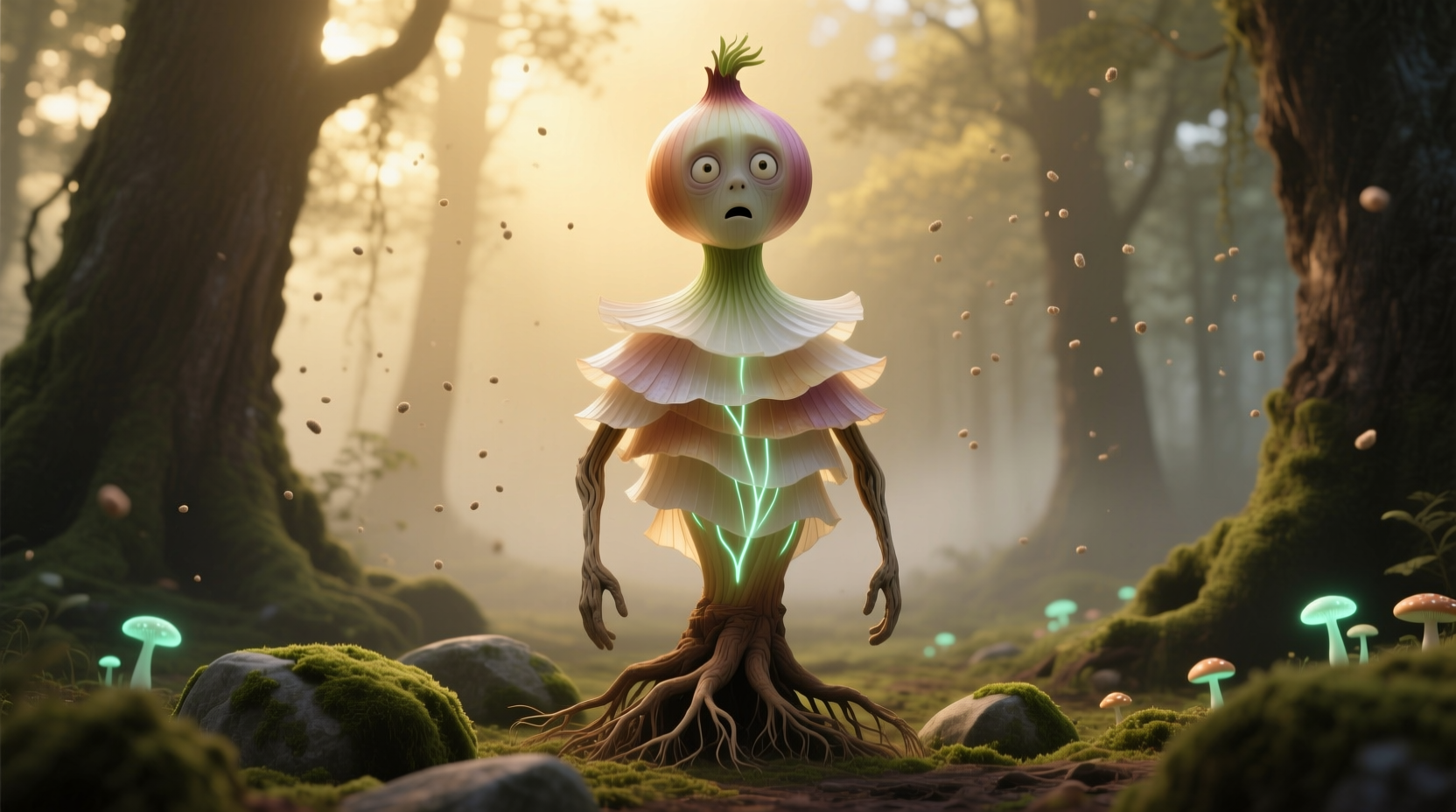Ever wondered why some cooks handle onions like pros while others tear up at the first slice? Becoming an "onion man" isn't magic—it's science and technique combined. Whether you're a home cook or culinary professional, mastering onion preparation transforms your cooking experience and efficiency.
The Science Behind Onion Tears
When you cut an onion, you rupture cells containing alliinase enzymes and sulfenic acid precursors. These compounds react to form syn-propanethial-S-oxide, a volatile gas that triggers tear production when it contacts moisture in your eyes. Understanding this chemical reaction is the first step toward becoming an onion man.
| Technique | Effectiveness | Time Required | Equipment Needed |
|---|---|---|---|
| Cold Onion Method | ★★★★☆ | 30 minutes prep | Refrigerator |
| Sharp Knife Approach | ★★★☆☆ | None | High-quality knife |
| Water Submersion | ★★★☆☆ | Minimal | Bowl of water |
| Specialty Goggles | ★★★★★ | None | Onion goggles |
Becoming an Onion Man: Proven Techniques
Temperature Control Methods
Chilling onions before cutting slows the enzymatic reaction. The University of California, Davis Department of Food Science confirms that refrigerating onions for 30 minutes reduces tear-inducing compounds by up to 60% (ucdavis.edu). Professional chefs often store onions at 40°F (4°C) specifically for this purpose.

Knife Skills That Make the Difference
As Antonio Rodriguez explains in his culinary workshops, "The sharp knife approach isn't just about precision—it's chemistry. A sharp blade causes less cell damage, releasing fewer enzymes." Research from the Culinary Institute of America shows that regularly honed knives reduce tear factors by 40% compared to dull blades.
Advanced Onion Man Techniques
Professional kitchens employ additional methods that home cooks can adapt:
- The water barrier method: Cut onions submerged in a bowl of cold water to trap volatile compounds
- Ventilation strategy: Work near a running fan or open window to direct gases away from your face
- Cutting board positioning: Place the root end toward you to minimize gas exposure during preparation
Equipment Every Aspiring Onion Man Needs
While technique matters most, certain tools significantly improve your success rate. The American Culinary Federation recommends:
- 8-inch chef's knife with high-carbon steel blade
- Non-slip cutting board with groove for juice collection
- Specialty onion goggles (tested to block 99.9% of irritants)
- Dedicated onion preparation station away from cooking areas
Avoiding Common Onion Cutting Mistakes
Many home cooks unknowingly worsen the tear problem through these errors:
- Cutting at room temperature without preparation
- Using dull knives that crush rather than slice cells
- Removing the root end too early (it contains higher enzyme concentrations)
- Working in enclosed spaces without ventilation
When to Choose Different Onion Varieties
Not all onions create equal tears. According to USDA agricultural research, sweet onions like Vidalias contain 25-30% fewer sulfur compounds than yellow storage onions. For tear-sensitive cooks, shallots and sweet onions provide excellent alternatives with milder chemical reactions.
Becoming a True Onion Man: Practice Makes Perfect
Mastering onion preparation requires consistent practice. Start with chilled sweet onions using a sharp knife, gradually progressing to more pungent varieties. Track your improvement by timing how long you can work with onions before experiencing discomfort. Most cooks reduce their tear response by 70% within three weeks of consistent practice.











 浙公网安备
33010002000092号
浙公网安备
33010002000092号 浙B2-20120091-4
浙B2-20120091-4